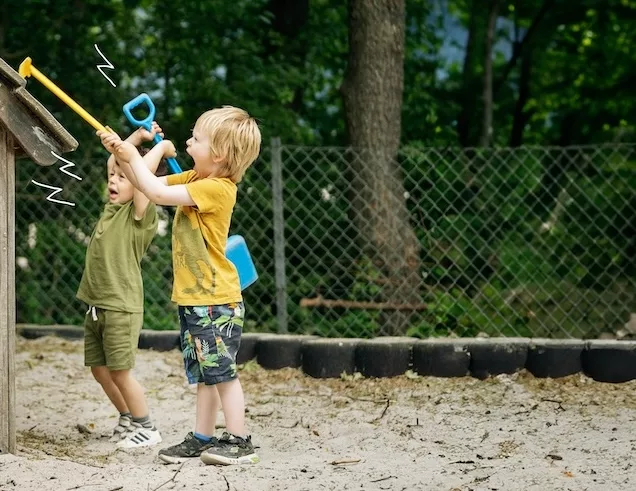Log in
Use your email or another service below to continue to University of Southern Denmark
Use your email or another service below to continue to University of Southern Denmark
When it comes to playgrounds and play spaces, children are the real experts. As the primary users, they understand what makes playgrounds fun and engaging and can offer valuable input on how to improve them. Therefore, their perspectives and suggestions should be integral to the planning, design, and evaluation of playgrounds.
In their 2023 review, Morgenthaler and colleagues examined the findings of over 50 global studies focused on exploring playgrounds and outdoor play through children’s eyes. These studies involved over 3670 children aged 0-12 years. Most importantly, the authors included research involving children with disabilities – a perspective frequently overlooked in playground research.
In this brief we highlight key findings from the review, helpful for anyone aiming to design an inclusive and engaging playground that offers diverse opportunities for play and fosters enjoyable interactions for children of all abilities.
Preferences for intense play can vary among children; some may enjoy high speeds while others do not. Despite possible variations, many children actively seek and combine intense play experiences, relating to faster and slower, longer, heavier, deeper, bumpier, curvier, further, and more elevated play.
More specifically, children enjoy:
Children have a strong desire to independently choose and direct their play activities in playgrounds. They desire a play environment in which they can:
Children value interacting with a diverse range of people and animals, yet they also cherish opportunities to play alone, especially when it allows for special play experiences away from adults.
Children feel connected to their playgrounds by:
Having fun was the most important factor in outdoor play for
children, achieved by:
In their review, Morgenthaler and colleagues (2023) identified five key themes reflecting children’s perspectives on playground experiences and qualities:

All our briefs are accessible through our website, www.playgroundresearch.org.
On the website, you’ll find a compilation of briefs that offer a clear comprehension of research findings and their implications for future research and practical application.
You can also download a printable PDF version of this brief to facilitate sharing.
